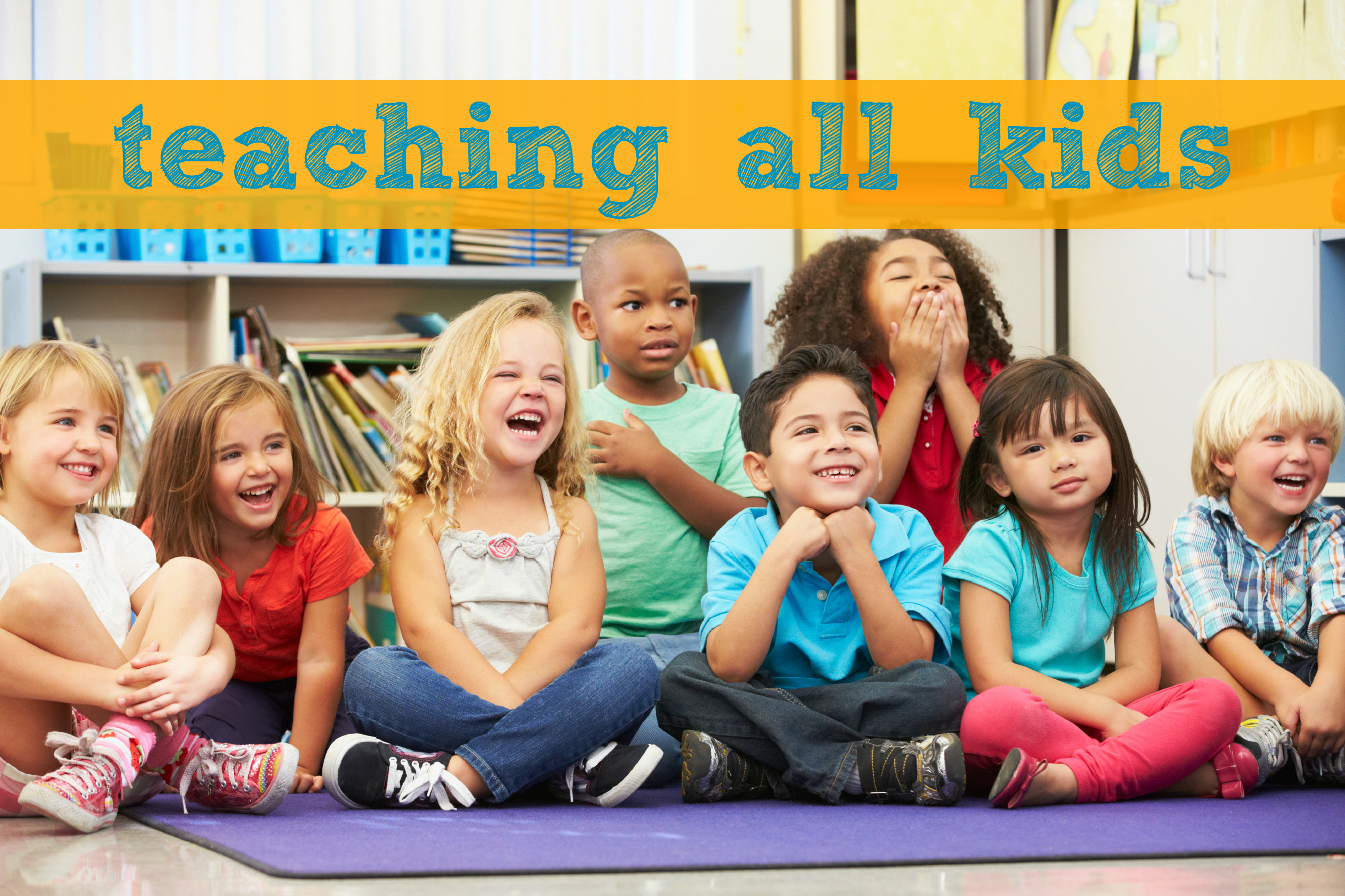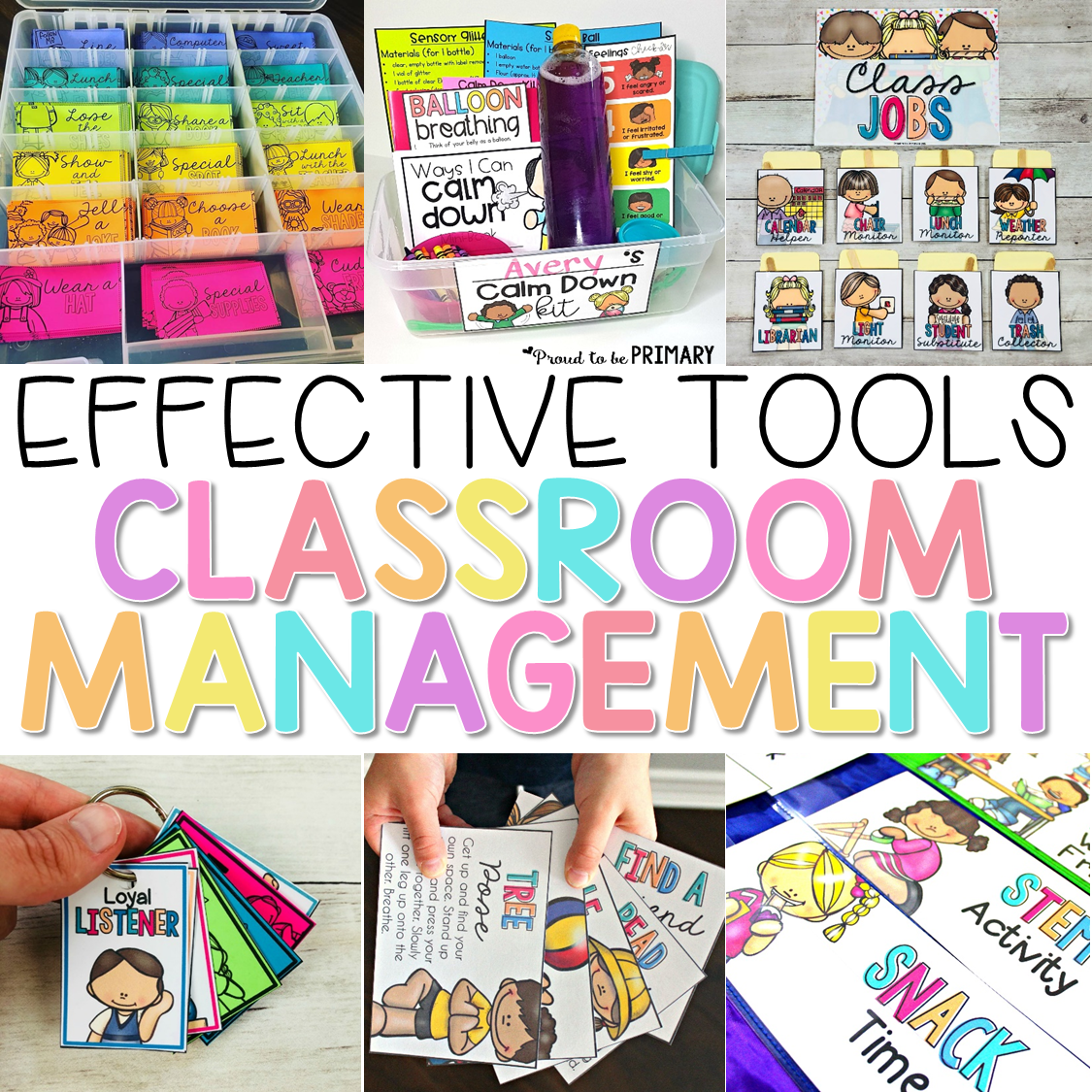ENGLISH FOR PRIMARY TEACHERS

CHAPTER 1. TEACHING YOUNG LEARNERS.
- First language- second language
- Starting your lesson in English
- Organizing your classroom
- Ending your lesson
- Very Young Learners and Young Learnes
- Topic talk
The best thing about this presentation is that when I finished, my group learned a lot of tricks to learn effectively with younger children. Although we are primary school teachers it is always good to know how we should act with younger children because we never know if we will ever have to work in children's education.
CHAPTER 2. LISTEN AND DO.
- Giving instructions in English
- Listening and identifying
- Listening and doing
- Listening and performing
- Listening and responding games
This group fulfilled the time they had and they did it very well. His activities were creative and dynamic. Of all of them I liked the famous game of simon says because you can learn and review a lot of vocabulary in a very funny way.
In addition, the classmates were very attentive in all activities and bothered to know if we had understood.
CHAPTER 3. LISTEN AND MAKE
- The children have to make decisions.
- There are opportunities for co-operation between learners.
- There is more time to think and comment.
- The children have something to take home at the end of the class.
These classmates were attentive and kind to us, in fact there was an activity that we did not understand very well and they explained it to us again. The problem was that their activities did not adjust to the time they had, because some of them were coloring and that takes time. However, the activities could have been carried out in an elementary class and the students would have learned a lot, like us that day.
CHAPTER 4. SPEAKING WITH SUPPORT.
In this presentation the group talked about different skills in speaking with the help of the teacher in class. Speaking with support has the following features:
- By encouraging all the efforts children make.
- Listen carefully and not interrupting them to correct small errors.
- Also children could: -Getting used to saying English sounds.
- Practising the intonation pattern.
- Gaining confidence.
The presentation was very entertaining and the activities were a good motivator for the students. We found it very interesting and at the same time the partners helped us at all times with the activities. In our opinion, the activity of the song was very successful but the partners had little time to represent it in class in a good way. However their proposals for activities related to speaking were very enriching for us and very useful.
CHAPTER 5. SPEAKING MORE FREELY.
In this presentation the group gave us some keys on how to give a class of speaking with the students. Some aspects that teachers must handle in class are the follows:
- Speak a lot of English and repeat children's words or phrases when you are answering them.
- React to the meaning of what they are trying to say
- Encourage them by showing that what they are saying is more important than your correction.
- Wait until they finish speaking before you repeat and rephrase
- Show your approval for all your pupils' speaking - however short it maybe
- Provide activities that are fun and that have a purpose or a goal, and that have an end product that they can feel proud of.
As a reflection from the group's exposure, we can point out that we have liked in general quite as they have developed their work. We would like to point out that we notice the effort and dedication they have had to carry out the activities. We also really enjoyed their ability to expose in front of the whole class and the ease with which they did.
CHAPTER 6. READING IN ENGLISH.
In this exhibition the group gave us some guidelines to teach reading skills to students. The priorities they gave us to teach reading in English are the follows:
- Focus on meaning.
- Word recognition.
- Naming the letters of the alphabet.
- Making the connection between familiar sounds and written words or phrases.
- Predicting the pronunciation of a written word.
As a reflection we pointed out that the group explained in a clear and simple way its activities, besides being very playful and fun activities for the students. We really enjoyed how they incorporated resources that we had explained earlier in class and how they brought it into practice. In general an exhibition very entertaining with great utility for our future as teachers of English.
CHAPTER 7: WRITING IN ENGLISH
In this exhibition our colleague spoke to us about how to work with writing. It is really important to learn how to teach our students this skill because:
- Children have to express their opinion or what they think correctly.
- To read well can help them to transmit the message they want in a written format.
- When pupils have to write, they can see their mistakes and correct them.
- If children practice the writing, they will be able to be more creative and to write their own stories.
These classmates were very active and the instructions were very clear. The disadvantage was the time because they couldn’t did all of them.
CHAPTER 8: READING AND TELLING STORIES
In this exhibition our colleague spoke to us about reading and telling stories which is really helpful in our primary class because:
- We have to improve the intonation and the speech.
- It’s really important they act.
- Telling stories can help children to improve their level of pronunciation.
- It helps to be confident and don’t be afraid of speak in front of their collages.
These classmates were positive and they made us feel like the main characters of the story because they included our pictures in the story. We liked a lot because the activities were very funny and we all had to be involved on them.
CHAPTER 9: STORY ACTIVITIES
In this exhibition our colleague spoke to us about how to work with children through story activities because:
- We improve the creativity of our students.
- It’s a good way to work with new vocabulary.
- Telling stories is a funny way to read and act with other students.
These classmates made us to participate in all the activities which were good ideas for working with pupils in the class.
CHAPTER 10. CLASSROOM MANAGEMENT
We could also observe how they had prepared it and they knew it perfectly. At the end we did an activity in which we had to dedicate a few words to the rest of our classmates and it was very beautiful and emotional.
I found a web page related to this very curious and effective topic to get ideas!
https://proudtobeprimary.com/classroom-management-tools/




Comentarios
Publicar un comentario